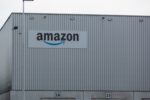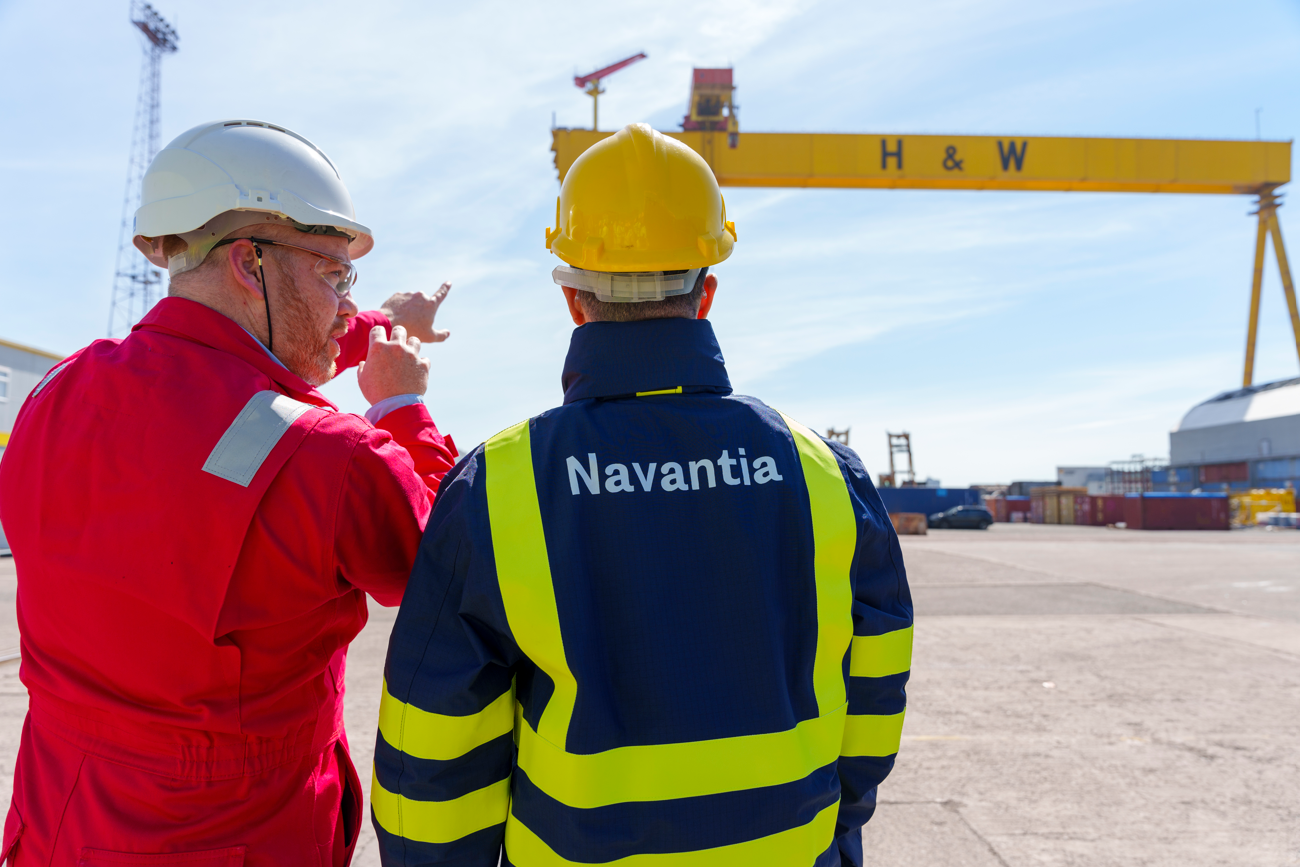
Visit Our Sponsors |
|
|
|
|
|
|
|
|
|
|
|
|
|
|
|
|
|
|
|
|
|
|
|
|
|
|
|
|
|
|
|
|
|
|
|
|
|
|
|
|
|
|
|
|
|
|
|
|
|
|
|
|
|
|
|
|
|
|
|

Photo: iStock/FangXiaNuo
The push for meeting sustainability goals is critical, as much for the health of the enterprise as for the health of our planet. But, with a barrage of sustainability laws and regulations starting to take effect across the globe, most companies are under-prepared to meet their obligations when it comes to reporting their emissions.
Measuring and reporting Scope 3 emissions — those indirect emissions that come from Tier 1 suppliers and further down in the supply chain — is particularly challenging, mostly because of the difficulty in obtaining reliable data. This is set to be a big problem, because the majority of a company’s emissions come from Scope 3 sources — as much as 90%.
In a survey of 99 supply chain professionals conducted by GEP Worldwide, respondents also said they were not confident in finding and using technology tools that can help them comply with the existing and coming reporting requirements. As a result, when asked “On a scale of 1-10, how prepared do you feel about new and upcoming regulations and legislation around scope 3 emissions?” the average score of the companies surveyed was 5.4, with only 4% saying they were “totally prepared.”
How can organizations best get ready for the coming requirements, and what strategic and tactical actions should they take?
Get With the Program
First off, there’s a need to recognize the urgency of the situation. While U.S. regulations have so far lagged behind other parts of the world in terms of their severity, especially compared with Europe, the trend is clear — these requirements aren’t going away, and they’ll only get stricter.
“As reporting deadlines approach, about a third of companies are still uncertain about what to do and what needs to be reported,” says Jagadish "JT" Turimella, chief operating officer and co-founder of GEP.
Turimella points to the European Union’s Corporate Sustainability Reporting Directive (CSRD) which came into force on January 5, 2023. It incorporates requirements for reporting Scope 1, 2 and 3 emissions, but water as well, making it much broader in scope. China’s national climate commitment aims to achieve carbon neutrality by 2060 and an emissions peak by 2030. Public companies in Brazil will be required to provide annual sustainability and climate-related disclosures, starting in 2026. And, while Scope 3 reporting has been removed from the U.S. SEC climate-related disclosure final rules, individual states are creating their own, tougher, requirements. For example, California mandates Scope 3 reporting for any company operating in the state with more than $1 billion in annual revenue. “So companies will have to think about what’s in the four walls of the company plus everything outside as well, including customers,” Turimella warns.
Aavni Piparsania, director of business development at GEP, says the company is seeing different approaches from different companies, depending on the geographical markets they’re in. “There’s a more proactive approach in the EU, because regulation is hitting hard there,” she says. Private companies — which don’t face the same pressures from shareholders to go “green” — are more likely to be taking a wait-and-see approach, Piparsania says.
“Many are working on strategies internally, and some have said it’s the right move to build the bones, but they’re not yet in a space where they’re able to collect the data and make the reports, and they don’t want to share the data until it’s required,” Piparsania observes. “The more you’re sharing, the more you’re coming under scrutiny. Whereas in Europe, regardless of company size, it’s by far a more across-the-board topic that they know they need to be taking action on.”
Getting ready for sustainability reporting regulations requires a deep change in thinking on multiple fronts. First is a massive increase in the type of data you need to collect. “We have always lived in that space of the value chain, seeking efficiencies largely on the cost and risk side. Now, we’re doing it on the sustainability side,” says Turimella. “Most companies have good clarity on what they’re spending and with whom, but converting those into carbon emissions and other environmental risks, that’s a significant challenge.”
The second challenge is getting hold of the data you need from your wider stakeholder community, especially suppliers. “People have survey fatigue,” says Turimella. “You have to go to your suppliers and their suppliers. A lot of them are smaller, often outside of the U.S. and the EU. Many don’t actually have that data, and it’s not a priority for them.”
The best way to mitigate that, at least initially, is get a first set of emissions factors by converting dollars spent into emissions generated, using the best factors for the scope of goods or services purchased. “It’s not the most accurate way, but it’s a good starting point. Then you look at suppliers’ locations, the materials used and the form of transportation, for starters,” he suggests.The third hurdle to overcome is finding and learning to use the available technology in a way that brings all these points of data into a tool in a repeatable and reliable way, Turimella says.
Raghu Ekambaram, senior director, consulting, at GEP, argues that, taken together, there’s a fundamental shift in what constitutes the “bottom line” for companies. Whereas it used to be a single line item — a measurement of profit — there’s now a growing obligation to think in terms of “profit, planet and people.” In other words, companies need to measure (and report) their environmental impact, which is not just limited to carbon footprint, but includes considerations of deforestation and use of water and more. They also need to prove that they are not accepting human rights violations such as forced and child labor anywhere in their supply chains, all the way back to raw materials.
“If you have to measure a company's performance from a triple bottom-line standpoint, it's going to be important for us to have proper regulations,” Ekambaram says.
In many ways, there’s little difference from the financial disclosure regulations that companies had to adapt to, way back in the 1930s. And, in the same way that keeping an eye on finances is much more than simply producing a regulation-compliant profit and loss sheet, reporting on these triple-bottom-line factors involves gathering and understanding data that affects all levels of business health. “It’s all the way from setting the vision, measuring, taking action and then reporting,” says Ekambaram.
Assemble a Team, Assess Your Resources, Seek Help
Getting started immediately should be a priority, and that will require a frank assessment of what you will be asking of your supply chain and procurement teams, among other business areas. “It’s going to take a dedicated team, and the availability of individuals who can do this is already limited in the market,” warns Ekambaram. “Most of these individuals are being lapped up by the larger organizations.”“We’ve noted a challenge that companies don’t have the right talent,” says Piparsania. “They need to upskill or bring in outside talent. They need to make the effort to train, and focus on this issue, so that internal teams can adapt to the challenge.”
Outside help brings its own challenges. “There are so many consulting companies in this space!” says Piparsania. “You have to figure out whether to invest internally or bring someone in.”Certainly, it’s critical to first identify what resources you have among existing workers. Then, you can spot the gaps where an outside consultant can fill in. “There’s value to bringing in some subject-matter experts, depending on the regions you’re operating in, and so on,” says Turimella.
GEP’s survey determined that 17.2% of respondents intend to outsource their Scope 3 reporting entirely, whereas 18.2% said they had already developed a system that creates reports seamlessly (and 32.3% said they were unsure of how they will report to regulating agencies at all). “When it comes to the one-time uplift of bringing in the baseline data on Scope 3, for example, that’s a Herculean effort, and it requires internal and external resources to get there.”
Transform Regulation to Action
Of course, the whole point of these reporting regulations is to prompt improvement in the environmental and social impact of companies, so you should keep your eye on the prize — the actions needed to achieve that.
Once you have assembled the means to access the data you need, you can set baselines and measure improvements. “Once you have the baselines, the second-best practice is to categorize them into topics and look for actions,” says Turimella. “There’s very specific levers you can apply to each category, and you can decide which ones apply to your situation.”
Turimella says there are trailblazers out there to learn from, such as Unilever. “They made it a number one priority for the board and the C-suite. They assigned the proper resources, leadership and budgets.”
“Some of the best-in-class companies, what they've done is they've cascaded their corporate targets to category-level targets, and they've ensured that the procurement and supply chain organizations are focused on sustainability as much as they are focused on, let's say, quality and the financial metrics,” says Ekambaram.“
Across the world, all countries are converging towards using certain standards, and that is the starting point as to how the world is going to look, how regulations are going to dictate sustainability,” concludes Ekambaram. “It starts with reporting.”
Resource Link: www.gep.com
RELATED CONTENT
RELATED VIDEOS
Timely, incisive articles delivered directly to your inbox.







